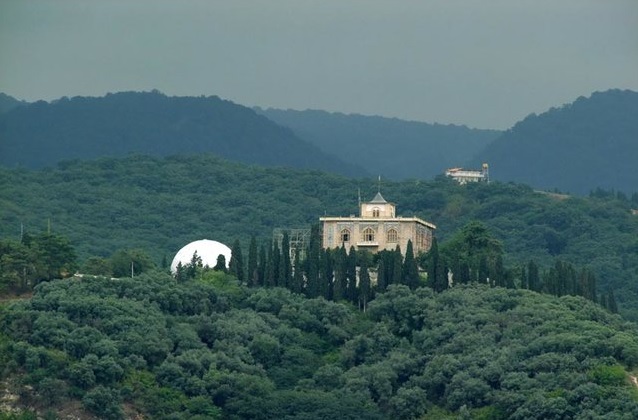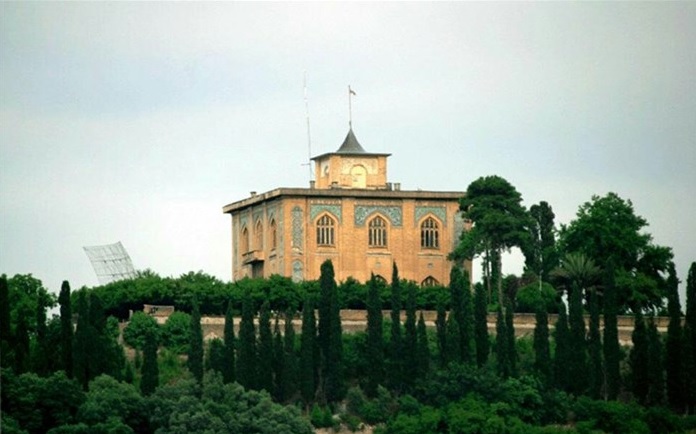

This building was built in 1010 AD by the order of Shah Abbas Kabir. Shah Abbas I named this building Safi Abad Palace out of affection for his beloved son.
Safi Abad Palace is located in the southwest of Behshahr city (Mazandaran province) and on the heights leading to the plain. This palace was developed during the time of Shah Safi, grandson of Shah Abbas, and the magnificent mansion of Safi Abad was the special attention of Shah Abbas. This palace was built in the middle of a beautiful garden in the form of a square building with dimensions of 25 x 25 meters and on two floors. The entrance of the palace is located on the north side, where it is possible to access the first floor of the palace by going through five stairs. The first floor has many rooms that can be accessed through the corridor and vestibule. The second floor also has a corridor and beautiful rooms.
According to historians, the inner walls of the palace had various paintings, unfortunately, no trace of them has been left today. The materials used in this palace are stone, brick and plaster, which was built in the last century due to successive destructions.
This palace was damaged during the attack of Afghans and was repaired and rebuilt during the reign of Nader Shah. This building was also restored during the Qajar period and has been completely revived in the last century
An underground road was built from Safi Abad Palace to Bagh Shah Behshahr, which is known as the Forty Pillar Mansion, which was used for traffic or other flows when necessary. The distance between the palace and the sea is about 16 kilometers, and during the reign of Safavids, especially Shah Abbas the Great, this underground road was used for the affairs of Suq al-Jishi and to prevent the invasions of Uzbeks and other wild nations that lived around the Caspian Sea. There is a water spring in parallel with Safi Abad Palace, which is known as "Paleng Khel" spring. During the Safavid era, this water flowed in an open and precious form and with clay covers, and in the middle of the building, there was a marble letter on the first floor in the form of many constructions, and in all floors of the building, water flowed through the walls, etc., through clay covers for ventilation. Weather for summer days or other needs.
This palace is about 650 meters high up to the level of the Caspian Sea, from which the lights of Bandar Turkmen and Bandar Gaz are visible and has a view of up to 30 kilometers. This palace was burnt down about 70 years ago and completely lost its ancient works and glory. Its building materials were also looted. In 1936, Reza Shah ordered the repair and restoration of all palace facilities.
The Safi Abad historical complex, which includes a palace and a large garden from the Safavid era, was placed under the control of the Ministry of Information after the Islamic Revolution, and until the beginning of 1984, no decision was made about the release of the arena and sanctuary of this Safavid palace. With the presence of a consultant in the historic gardens of Abbas Abad Behshahr in order to prepare a plan for organizing the gardens, the former head of the Cultural Heritage and Tourism Organization ordered the release of the Safi Abad complex to be included in the planning plan.
During Mr. Marashi's presidency, talks were held with the officials of this organization, during which it was decided to release the entire complex of palaces, but this has not been done yet. The residents of the city and those who remember the years before the revolution say that during the time of the Shah, this building was in the possession of American advisers for the exploitation of American spies, and after the revolution, they opened its doors only for a few days to inform the people about the activities of the Americans. And again, to this day, because the building is in the possession of a military organization, the public is prevented from visiting it. For this reason, there is no photo or comprehensive information of this masterpiece of the Safavid era.